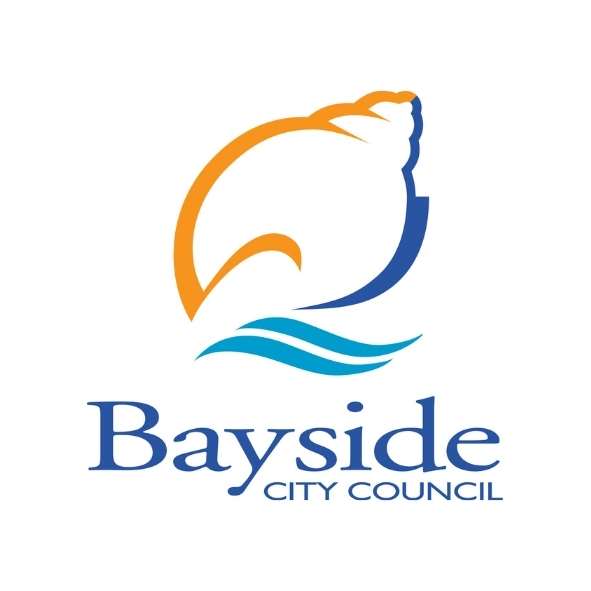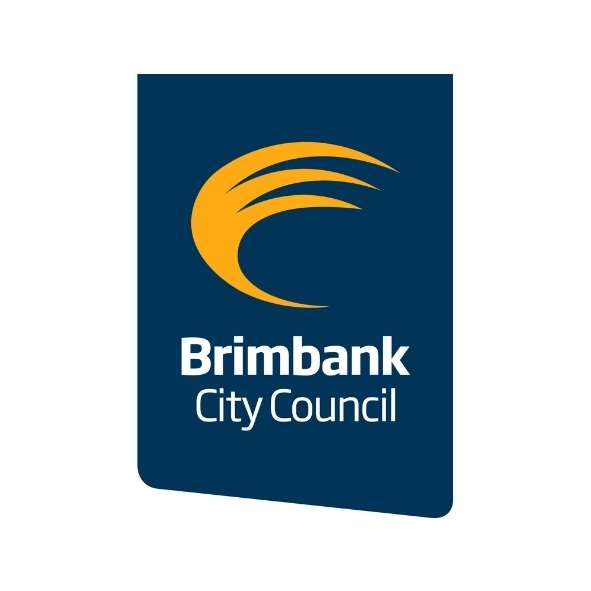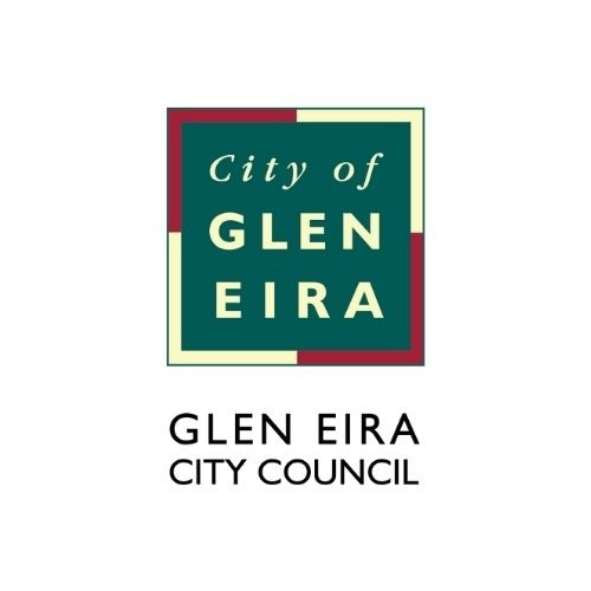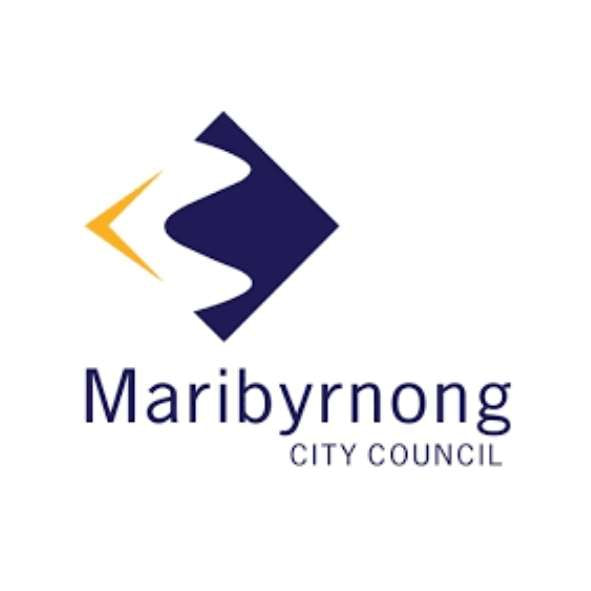Frequently asked questions
Nappy basics
What's the difference between AI2 and Pocket nappies?
|
Pocket napies are a type of all-in-two nappy
Construction: All-in-Two (AI2) nappies: AI2 nappies consist of two main components - an absorbent insert and a waterproof outer shell. The insert can be either snapped or laid on top of the shell. The shell can be reused multiple times as long as it remains clean and dry. Pocket nappies: Pocket nappies also have two parts - a waterproof outer shell and an absorbent insert. However, in pocket nappies, the insert can be placed inside a pocket or opening in the shell. After use, both the shell and the insert are typically washed. |
Absorbency:
All-in-Two (AI2) nappies: The absorbent insert in AI2 nappies can be made of different materials such as cotton, bamboo, microfiber, or hemp. The insert absorbs the moisture and can be replaced while reusing the shell.
Pocket nappies: Pocket nappies have a moisture-wicking inner lining and a pocket where you can insert the absorbent insert. The insert is usually made of microfibre, bamboo or hemp.
All-in-Two (AI2) nappies: The absorbent insert in AI2 nappies can be made of different materials such as cotton, bamboo, microfiber, or hemp. The insert absorbs the moisture and can be replaced while reusing the shell.
Pocket nappies: Pocket nappies have a moisture-wicking inner lining and a pocket where you can insert the absorbent insert. The insert is usually made of microfibre, bamboo or hemp.
Customisation:
All-in-Two (AI2) nappies: AI2 nappies often offer more customization options. They may feature adjustable snaps or hooks to achieve a proper fit around the waist and legs. Some AI2 nappies also allow you to adjust absorbency by using multiple inserts or booster pads.
Pocket nappies: Pocket nappies generally have a more standardized fit with adjustable snaps or Velcro closures. While the fit can be adjusted, the absorbency is primarily determined by the insert used, and it may not be as easily customizable as in AI2 nappies.
Drying Time:
All-in-Two (AI2) nappies: The shell of AI2 nappies can be reused, so it often dries faster than pocket nappies. The drying time of inserts may vary depending on the materials used.
Pocket nappies: Both the shell and the insert of pocket nappies require washing after each use, which can result in slightly longer drying times compared to AI2 nappies.
Cost:
All-in-Two (AI2) nappies: AI2 nappies can be more cost-effective in the long run since you don't need to purchase as many shells as inserts. Reusing the shell with a fresh insert can save money.
Pocket nappies: Pocket nappies may require more inserts and shells in your nappy stash since the shell cannot be reused without washing. This can make them slightly more expensive initially.
All-in-Two (AI2) nappies: AI2 nappies often offer more customization options. They may feature adjustable snaps or hooks to achieve a proper fit around the waist and legs. Some AI2 nappies also allow you to adjust absorbency by using multiple inserts or booster pads.
Pocket nappies: Pocket nappies generally have a more standardized fit with adjustable snaps or Velcro closures. While the fit can be adjusted, the absorbency is primarily determined by the insert used, and it may not be as easily customizable as in AI2 nappies.
Drying Time:
All-in-Two (AI2) nappies: The shell of AI2 nappies can be reused, so it often dries faster than pocket nappies. The drying time of inserts may vary depending on the materials used.
Pocket nappies: Both the shell and the insert of pocket nappies require washing after each use, which can result in slightly longer drying times compared to AI2 nappies.
Cost:
All-in-Two (AI2) nappies: AI2 nappies can be more cost-effective in the long run since you don't need to purchase as many shells as inserts. Reusing the shell with a fresh insert can save money.
Pocket nappies: Pocket nappies may require more inserts and shells in your nappy stash since the shell cannot be reused without washing. This can make them slightly more expensive initially.
Am I better to use a sized nappy or a OSFM / OSFA?
A sized nappy might be a bit less overwhelming as you first get the hang of getting the right fit, but a OSFA or OSFM is more cost effective and versatile in the long run, as it will suit most babies from a few weeks of age to toilet training age.
Is an all in one or an all in two nappy better?
An all in one nappy is easy to use as you don't need to think about adding inserts. On the downside, it takes a lot longer to dry.
An all in two nappy is versatile. The shell can be used multiple times before washing if only the inserts are soiled, and it can even double as a swim nappy. You can also treat the inserts with UV, hot washes and so forth without the risk of damaging the shell, which can be kept seperate.
An all in two nappy is versatile. The shell can be used multiple times before washing if only the inserts are soiled, and it can even double as a swim nappy. You can also treat the inserts with UV, hot washes and so forth without the risk of damaging the shell, which can be kept seperate.
How many cloth nappies will I need?
The short answer is, as many as you are willing to try a day. You might decide to start with just one or two a day as you find your groove, and build up from there.
The long answer is, the number of cloth nappies you'll need depends on your baby's age, how often you plan to do laundry, and the type of nappies you're using. As a general guideline, having around 20-30 nappies in your rotation is a good for full time cloth - both day and night.
The long answer is, the number of cloth nappies you'll need depends on your baby's age, how often you plan to do laundry, and the type of nappies you're using. As a general guideline, having around 20-30 nappies in your rotation is a good for full time cloth - both day and night.
Can I use cloth nappies from birth?
Yes, many cloth nappy brands offer newborn sizes or nappies with adjustable sizing to fit newborns. Look for nappies that provide a good fit for smaller babies. Most OSFM or OSFA nappies suit babies from around 3 or 3.5kg up to 16-20kg.
How do I choose between different types of cloth nappies (all-in-ones, pocket nappies, prefolds, etc.)?
The best type of nappy depends on your preferences and lifestyle. All-in-ones are easy to use, pocket nappies allow you to adjust absorbency, and prefolds are cost-effective. Consider what works best for you.
Can I use cloth nappies while travelLing?
Yes, provided you have access to laundry services. Plan ahead by bringing wet bags for dirty nappies and enough clean nappies for the duration between washes.
Can I use cloth nappies at daycare or with a babysitter?
Many daycares and babysitters are open to using cloth nappies if you provide clear instructions and enough clean nappies. Most child care centres have staff experienced with cloth nappies and other children in cloth.
Cleaning questions
Can I wash in cold water?
You can wash in cold water, but will need to do a sanitise wash more frequently than if you wash in warm (40 degrees) or hot (60-95 degrees) water.
What's the best way to store dirty cloth nappies until wash day?
You can use a wetbag or a 'dry pail'.
A wet bag is great for storing soiled nappies. It's waterproof and helps contain odours. Just toss the dirty nappies in there until you're ready to wash.
A dry pail is a bucket with a lid to contain odours. You don't need to add anything to the bucket - not even water. Store the nappies dry.
A wet bag is great for storing soiled nappies. It's waterproof and helps contain odours. Just toss the dirty nappies in there until you're ready to wash.
A dry pail is a bucket with a lid to contain odours. You don't need to add anything to the bucket - not even water. Store the nappies dry.
HOw long can I store soiled nappies before washing?
Store for no more than two days in a dry pail or nappy wetbag before you conduct at least a prewash. Leave no more than two days between a prewash and a main wash.
How do I know if my cloth nappies need stripping/Sanitising?
If your nappies start to smell even after washing or if they're repelling moisture, it might be time for a strip. Follow the manufacturer's instructions or use a cloth-safe strip/sanitise solution.
How do I wash cloth nappies?
Start by removing solid waste and giving the nappies a quick rinse. Then follow the manufacturer's washing instructions, usually involving a pre-wash and a main wash with a cloth nappy-friendly detergent. Avoid using fabric softeners.
How do I deal with cloth nappies and breastfeeding poop?
Breastfed baby poop is water-soluble and can be washed off easily. You don't need to rinse before washing; just toss the nappy in the pail or wet bag until laundry day.
How can I prevent cloth nappies from staining in the first place?
One way to prevent staining is to rinse nappies immediately after use to remove solids. Sunlight is also a natural stain remover, so sun-drying stained nappies can help fade stains.
What if I use a shared laundry or laundromat?
Remove solids at home, and then ensure that you do your main wash immediately after your pre-wash.
What if I live in an apartment with Limited drying space
Opt for an all in two nappy. Shells dry really quickly on a clotheshorse and inserts can be hung on sock racks to maximise drying in a small area.
Can I use a commercial laundry service?
For terry flats and inserts, absolutely. Waterproof covers or shells might be compromised by the process, so it is worth considering keeping these at home.
Botanic Baby offers a dedicated nappy wash service throughout Melbourne suburbs. Learn more at the Botanic Baby website.
Read more about considerations for commercial wash services on The Nappy Project's Clean and maintain page.
Botanic Baby offers a dedicated nappy wash service throughout Melbourne suburbs. Learn more at the Botanic Baby website.
Read more about considerations for commercial wash services on The Nappy Project's Clean and maintain page.
Does sunlight help?
There are many benefits to drying in sunlight, including the access you get to VItamin D, and the reduced energy costs by avoiding a clothes drier.
Sunlight also has some limited benefits in its abilty to fade stains and inhibit bacterial and fungal growth.
Several scientific studies have explored the interaction between sunlight and bacteria. The resources below share the results from these studies in an easy to read format:
Remember: Drying your nappies in the sun is not a substitute for an effective wash, but a complement. Sun drying will not make up for a poor wash routine.
Sunlight also has some limited benefits in its abilty to fade stains and inhibit bacterial and fungal growth.
Several scientific studies have explored the interaction between sunlight and bacteria. The resources below share the results from these studies in an easy to read format:
- Let sunshine in to inhibit germs
- Sunlight inhibiting fungi in socks - a scientific study
- Benefits of line drying on laundry hygiene - Health Network
- Sunlight reduces viruses, bacteria and protozoa in water - National Geographic
- Tips for drying in the sun
- Sunlight attacks the photochemical reaction the bacteria undergo to be able to replicate.
Remember: Drying your nappies in the sun is not a substitute for an effective wash, but a complement. Sun drying will not make up for a poor wash routine.
Have a question? Send it to us and we will include it in the FAQs.
Remember, every family's cloth nappy journey is unique. If you encounter any specific issues or questions, don't hesitate to seek advice from other cloth nappy users or consult the manufacturer's guidelines.

















